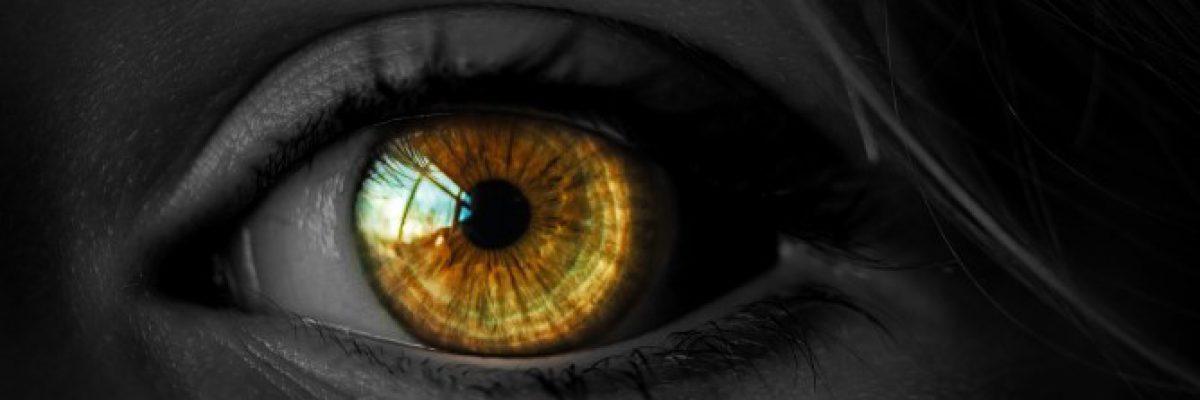A team of researchers has succeeded in giving mice night vision. Most animals are limited in the wavelengths they can see, between 400 and 700 nm. 400 is blue and 700 is red.Night Vision (AKA Heat Vision) is the ability to absorb infrared wavelength between 700 and 1000 nm.Up to now, heat vision was possible with the aid of an electronic device, which turned red infra light into green light and viewed that light with night vision devices.Scientists have used nano-antenna, which is a particle a billionth of a meter in size that is capable of converting the infrared wavelength to a green wavelength.
In mice, Researchers added a so called “adhesive glue”, a protein called lectin, which clings to the natural eye sensors that can see rainbow wavelengths (including of course the green color wavelength). Once the nano-antenna and the lectin clings to the eye sensors, the mice can see infrared light as green, thus the mice can see at night.Initial testing of these upgraded mice revealed that their pupils widen when exposed to infrared light.In order to prove that the mice can really see infrared light, the researchers created a simple experiment:Because mice, similar to other night creatures prefer to roam in dark areas, the researchers created a lab space divided in two with a door between the two compartments.One part of the lab was illuminated with infrared light and the other completely dark.
The control group, normal mice, rotated between the two rooms in similar patterns, while the altered-vision mice clearly preferred the dark room over the infrared-lit room.The effect of the treatment lasted for several weeks and researchers are now planning human trials as well.







